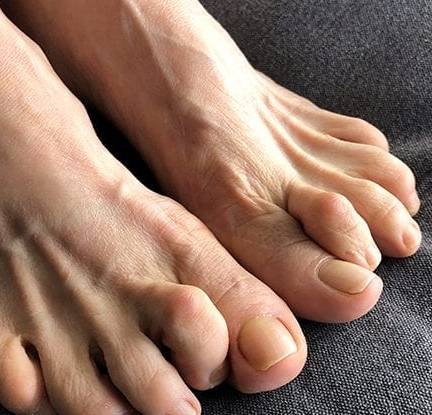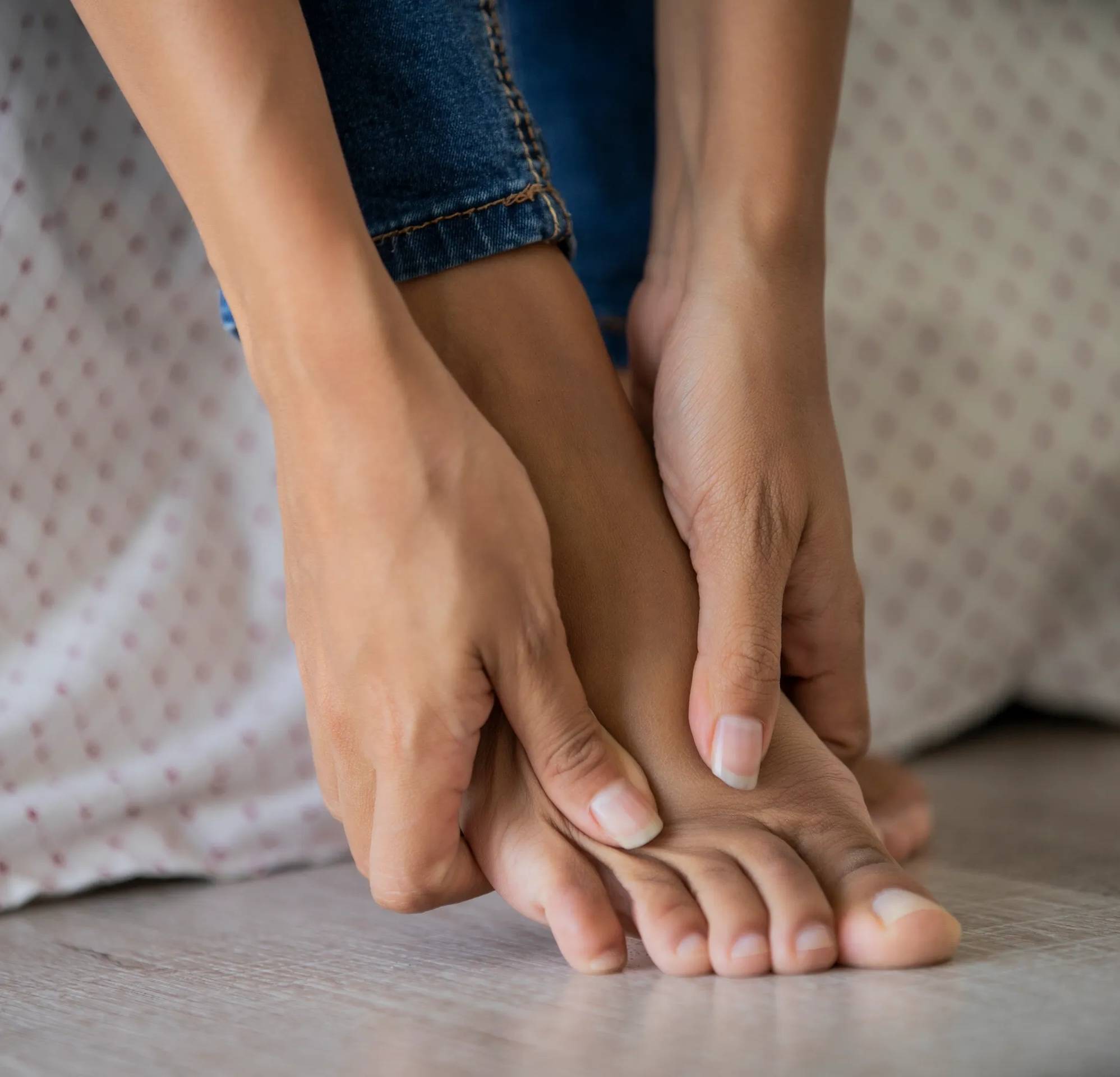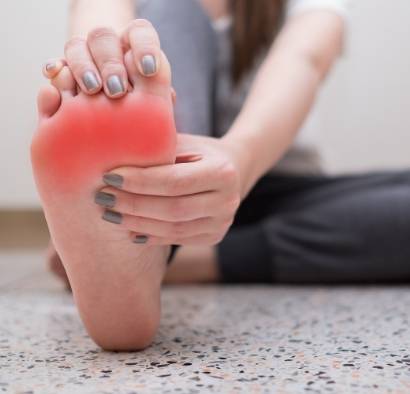What Is Bunions?
A bunion looks like a bump on the side of the big toe. This bump is actually the result of an abnormality of the foot bones that causes your big toe to lean toward your second toe instead of being straight. This angle produces the bump you see on your toe.
Pain or stiffness in the big toe is one of a handful of bunion symptoms. Bunions can cause the foot to evert or turn outward, making it difficult to walk.
In some cases, the bump is painless. Over time, however, a bunion will cause the toes to crowd together. This can cause pain, and possibly a permanent deformity.
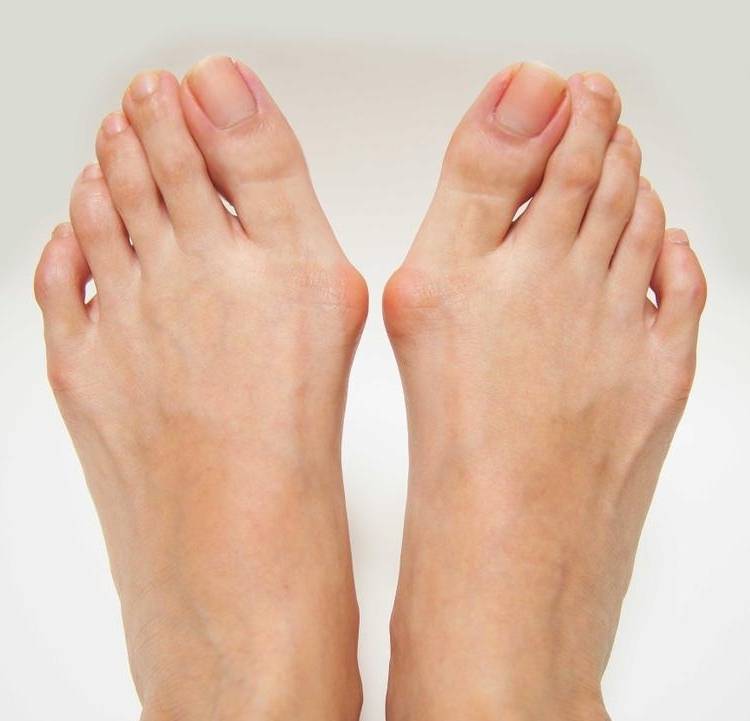
What Causes Bunions?
Bunions are generally thought to be genetic. They occur because of faulty foot structure, which is inherited. Some conditions that contribute to the development of bunions include flat feet, excessively flexible ligaments, and abnormal bone structure. Some experts believe shoes that don’t fit properly cause bunions.
Bunions usually become worse over time. They can be aggravated by:
- Tight or too-small shoes that cause your toes to crowd together and put pressure on your big toe
- Shoes that have high heels or pointy toes — these styles force your toes together
- Standing for long periods
- Arthritis symptoms in your feet
How To Relieve Bunions?
If you have a bunion, taking some simple steps can reduce symptoms and pain, such as:
- Change shoes: Try shoes with a wide toe that can help slow the progression of bunions and reduce discomfort, like WALKHERO wide-toe footwear.
- Ice: Applying ice to a bunion can help reduce swelling and pain.
- Pads, tape, or splints: To manage the pain and pressure of a bunion, your doctor may help you with a bunion pad, bunion splint, or bunion brace.
- Use over-the-counter pain relievers as needed.
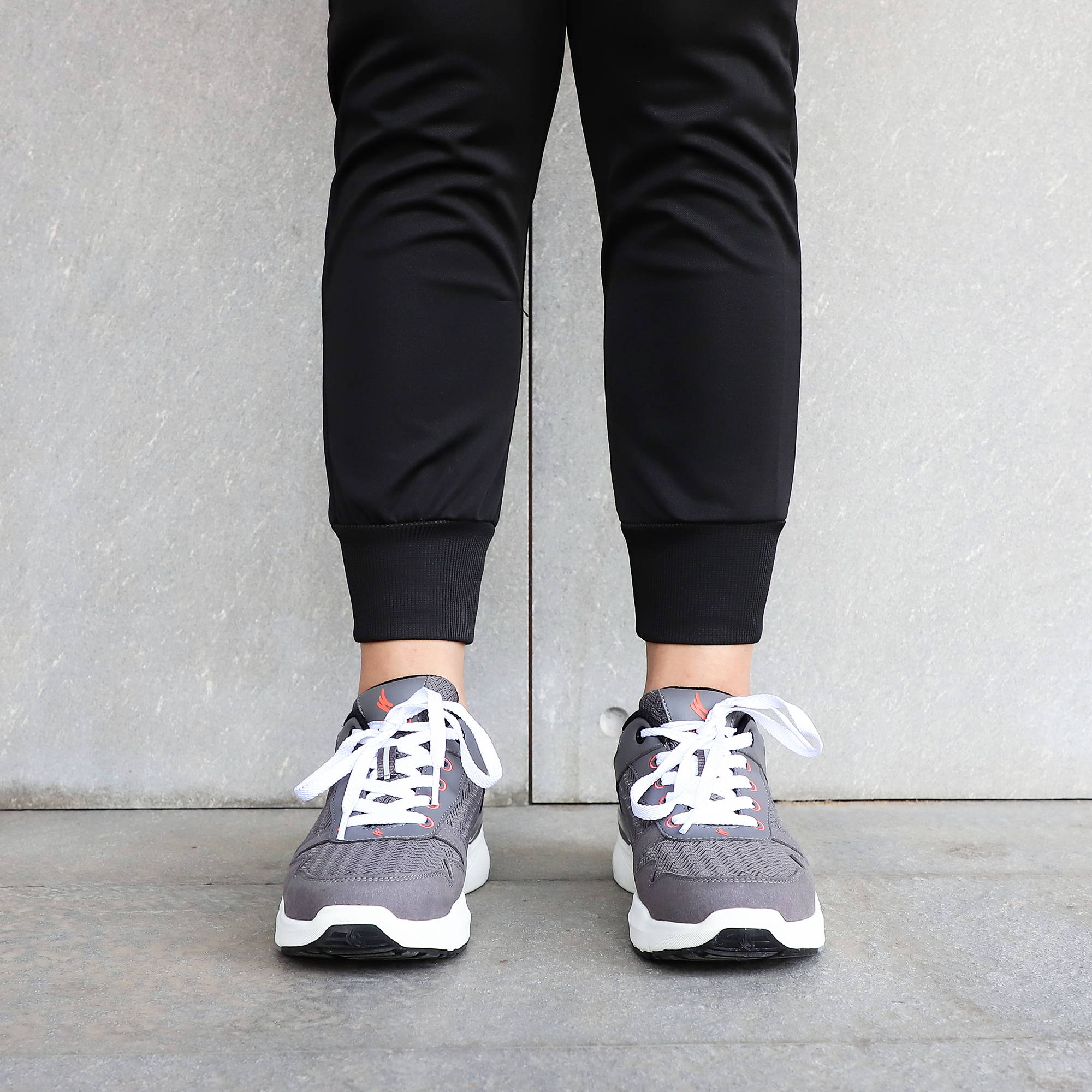
Recommended Shoes For
Bunions
The best shoes for bunions offer a wide enough toe box so the bunion does not receive undue pressure from the side wall of the shoe. WALKHERO's shoes feature extra wide toe boxes for a roomy metatarsal fit. We chose shoes that are both comfortable and supportive for a positive wearing experience that won't make your bunion pain worse. In addition, our shoes keep the feet secure and supported throughout the day because you don't have to sacrifice quality when selecting shoes for your bunions.


